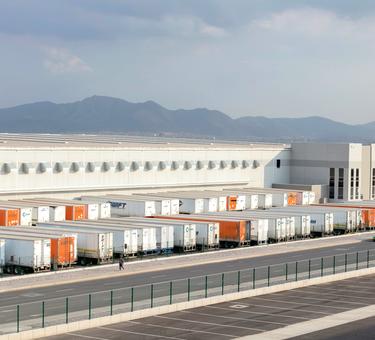The global pandemic has forever altered the logistics real estate landscape: supply chain decisions have become more holistic, more data-driven and more urgent than ever. Underlying this shift are the same forces—urbanization, digitalization and demographics—that have changed the way we live, work and shop.
This report aims to separate the transitory nature of human and company behavior during the pandemic from the real lasting forces that will continue to drive the supply chains of the future. For example, Prologis Research expects a spike in spending on experiences, such as travel and entertainment, and in-store shopping in mid to late 2021 due to the release of pent-up demand created by COVID-19 restrictions. Sustainable forces shaping logistics real estate demand include:
- The long-term structural growth rate of logistics real estate has risen. Consumption-oriented uses have grown as a share of logistics demand, while production- and tradeoriented uses have decreased.
- Technology and demographics are transforming retail. Consumer expectations have increased in a permanent way. Prologis Research forecasts that global e-commerce penetration will rise by ~150 bps/year over the next five years. Physical retail will increasingly require rapid replenishment operations to compete.
- Logistics best practices are going global. The resilience of the supply chain is being tested as companies expand globally, in turn driving the need for modern stock and decentralized networks. Coupled with a rising consumer class, this worldwide upgrade should generate the need for three to four billion square feet or more of modern logistics stock over the next cycle.
- Location matters more than ever for logistics real estate customers. Supply chains are a key source of competitive advantage and will continue to drive financial performance.
- The price elasticity of demand has decreased. Network planning decisions can yield revenue generation and cost control benefits that substantially outweigh real estate expenses, which represent just 5% of overall supply chain costs.
While the correlation with economic variables has changed, parts of the business will not change. Many small and mid-sized customers depend on local economic and investment trends. For those customers who are responding more directly to evolving retail and supply chain strategies, the future of the supply chain and its concurrent effect on retail will determine demand and shape customer profiles for many years.
